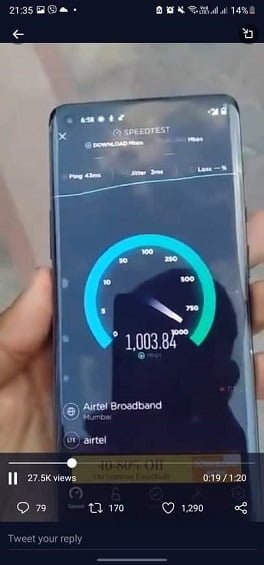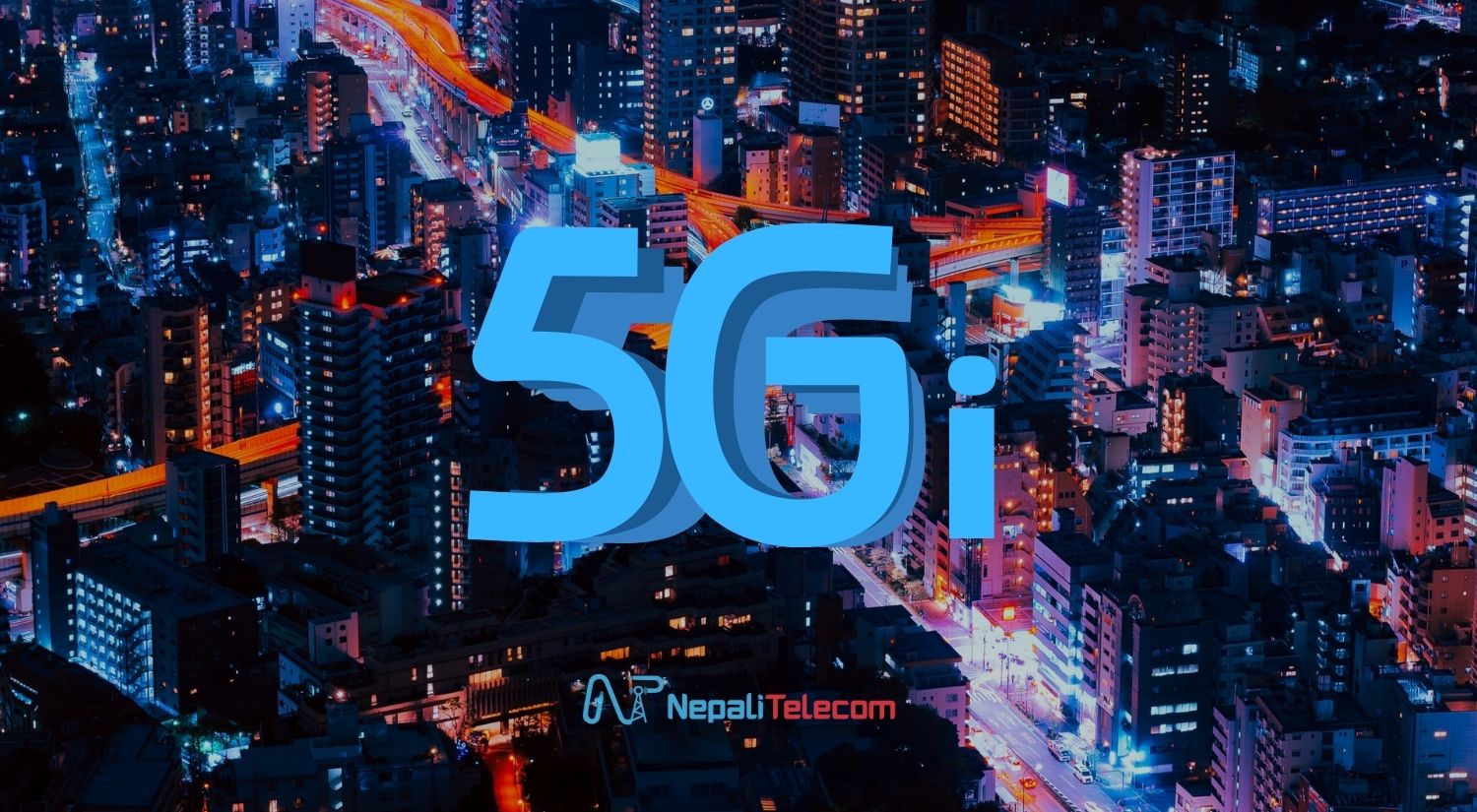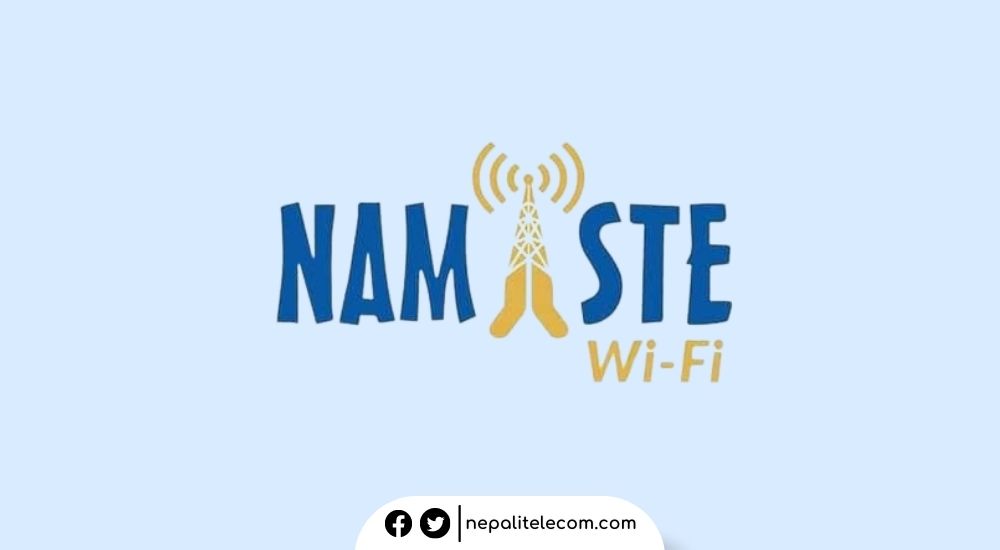Indian telcos have plunged into a dilemma over whether to embrace 5G or 5Gi. While the Indian telcos have started trials of 5G, DoT may enforce the adoption of 5Gi which could derail the fifth-generation network ecosystem in India.
5G network is in the trials in India and telcos are waiting for spectrum allocation to switch it on for commercial launch. However, the Indian government’s 5Gi objectives could derail its long-running project with a stunning effect on the overall telecommunication industry. In this article, we will explore all about 5Gi, why India wants it, and its effect upon the 5G ecosystem in India.
What is 5Gi?
Recently, there has been a major development in India with the 5Gi. In layman terms, it is the Indian version of the 5G network with local modifications. This substandard version of the 5G is developed by IIT Hyderabad, IIT Madras, Telecommunications Standards Development Society of India (TSDSI), and the Centre of Excellence in Wireless Technology among other institutions.
5Gi has also completed the evaluation from ITU’s International Mobile Telecommunications vision for its approval. This ensures that Indian 5G complies with the standard performance requirement and earns it international acceptance.
Frequencies Vary Between 5G and 5Gi
In terms of frequencies, they also tend to differ. The global 5G standard work on bands which between 700MHz and 52 GHz. Note that 5G compromises coverage range for higher data transmission which means it would require far many cell towers to maintain good signal strength.
These are divided into medium and higher frequencies respectively, 1GHz to 6GHz bands and greater than 6GHz bands. India, like many other countries, operates in the medium frequency range 1.8GHz and 2.1GHz. In contrast, 5Gi runs on lower bands so that it becomes possible to achieve wider coverage.
Also read: NTA Approves 5G Trial Working Procedure, Ntc to Start 5G Testing Soon
5Gi For Better Coverage
India is the world’s 7th largest country and 2nd largest market in telecommunications. No doubt that launching 5G across India would be a challenge for the government. The country has espoused the Make in India initiative under PM Modi and prioritizes its homegrown technology whenever possible.
Plus, it wants to narrow the digital divide in the country and 5G is the most potent asset for it. But global 5G standard could be an issue with its frequencies to coverage issues. That is why Indian developers are teasing its architecture to address the issues 5G could have in India.
The 5Gi makes amends for higher bands that suffer from signal strengths. With 5Gi, India wants to bridge the technology gap that exists between rural and urban settings.
Check out: Frequency bands of 2G, 3G, 4G in India
Effect Upon Current 5G Infrastructures?
Indian telcos have already switched on their 5G networks for trials and achieved a throughput of over 1 Gbps. Now, they are awaiting DoT’s spectrum allocations for commercial launch. They have a clear roadmap of necessary requirements for 5G infrastructures. But if DoT mandates 5Gi adoption, it will have impacts upon their existing 5G gears.

As to how much impact will 5Gi have has divided opinions between the developers of the 5Gi and the telcos.
Experts have warned that modifications into their current 5G systems would constitute a serious threat to the progress they have achieved so far. They argue that employing their own homegrown technology for 5G would entail reworking their established infrastructure.
The developers have remarked that it would only require minor changes to the current 5G infrastructures. The telcos claim that it would require major hardware changes.
Smartphone Makers Extend Their Concerns
Meanwhile, smartphone makers have also expressed their displeasure over 5Gi’s deployment. India Cellular and Electronics Association (ICEA) which represents smartphone makers, mobile phone distributors in India recently voiced their concern over 5Gi’s impacts upon the smartphone business.
“This will disincentive existing and potential OEMs to manufacture in a complex regulatory environment,” ICEA Chairman Pankaj Mohindroo has said. Also read: 5G vs Fiber: Find Out Which Is Better?
The body has even asked for thorough research to confirm whether the 5G enabled smartphones that come with global standard technology will be compatible with the indigenous 5Gi in India.
Stakeholders Not Ready For 5Gi
India’s major telcos Bharti Airtel, Vodafone Idea, gear makers Qualcomm, etc have sounded out India’s DoT that their home-brewed 5Gi would pose a major threat to the smartphone business in the country.
The Indian telcos are also alarmed that adopting 5Gi would lead to hardware changes, 5G rollout issues and affect the whole smartphone industry in general.
ICEA has estimated that the smartphone industry will hit $100 billion in export by 2025. It believes the Indian authorities must realize its economic significance and not risk hurting the business potential by embracing their local version of 5G. Smartphones form the core for the 5G ecosystem in the world’s 2nd largest telecommunications. This is why the stakeholders are afraid that 5Gi could disrupt a harmonious market.
India’s DoT has reportedly postponed the 5G spectrum auction till 2022. Meanwhile, the authority has called on telcos to run begin the trial of 5Gi. However, they have not complied yet.
Whether India adopts 5Gi or conforms with 5G depends on which outweighs the benefits over the other. For now, the stakeholders will be busy analyzing the pros and cons of each. But one thing is sure, the idea of 5Gi will further delay the commercial launch of the fifth-gen network in South Asia’s largest country.
Given that Nepal stands on the highly uneven terrain, the government can also entertain some strategic modifications into the 5G for an extensive rollout. What do you think about this? Do share valuable opinions in the comments below.













